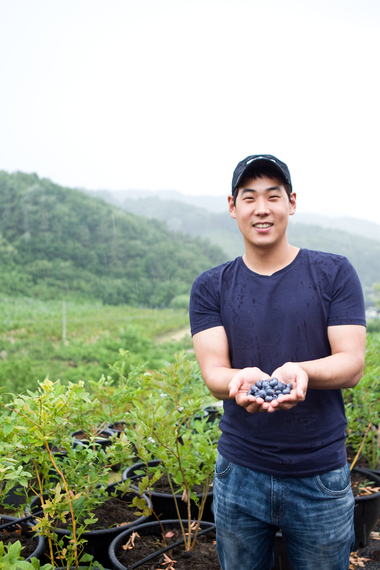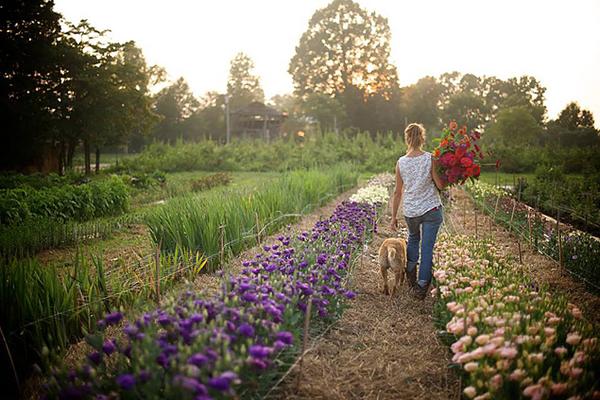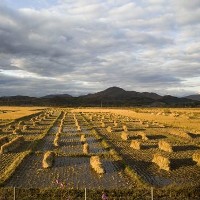
The blog “Laikipia Rural Voices” (LRV) was started in 2011 by Arid Lands Information Network (ALIN), an international NGO operating in Kenya, Uganda and Tanzania. This initiative aimed at promoting citizen journalism among young people by training and equipping them with basic journalism skills such as photojournalism, news writing, creative writing, feature writing, interviewing, media laws and ethics, and blogging.



 This year the UN marks its 70th anniversary. Sadly, there is little time for reflection or celebration. More pressing are the competing demands and challenges fuelled by an upsurge in conflict, disease and human suffering. These compel the international community to step up and provide the leadership needed to tackle them.
This year the UN marks its 70th anniversary. Sadly, there is little time for reflection or celebration. More pressing are the competing demands and challenges fuelled by an upsurge in conflict, disease and human suffering. These compel the international community to step up and provide the leadership needed to tackle them. As manager of the South Durham Farmers’ Market, I have had the pleasure to meet many passionate women working in the local food community: farmers, volunteers, public health workers, nutritionists and activists. In fact, I have noticed that the majority of the leaders and participants in the local food movement are women (though we are certainly joined by many equally dedicated and hard-working men).
As manager of the South Durham Farmers’ Market, I have had the pleasure to meet many passionate women working in the local food community: farmers, volunteers, public health workers, nutritionists and activists. In fact, I have noticed that the majority of the leaders and participants in the local food movement are women (though we are certainly joined by many equally dedicated and hard-working men). Production, processing, storage and distribution, inputs, financing and livestock, these and more are business opportunities in the agriculture sector, according to Alf Monaghan, the Chief Party for USAID, Nigeria Expanded Trade and Transport (NEXTT) project in Nigeria, at a recent event held in Lagos.
Production, processing, storage and distribution, inputs, financing and livestock, these and more are business opportunities in the agriculture sector, according to Alf Monaghan, the Chief Party for USAID, Nigeria Expanded Trade and Transport (NEXTT) project in Nigeria, at a recent event held in Lagos. A new global cropland map combines multiple satellite data sources, reconciled using crowdsourced accuracy checks, to provide an improved record of total cropland extent as well as field size around the world.
A new global cropland map combines multiple satellite data sources, reconciled using crowdsourced accuracy checks, to provide an improved record of total cropland extent as well as field size around the world. Happy New Year!
Happy New Year!